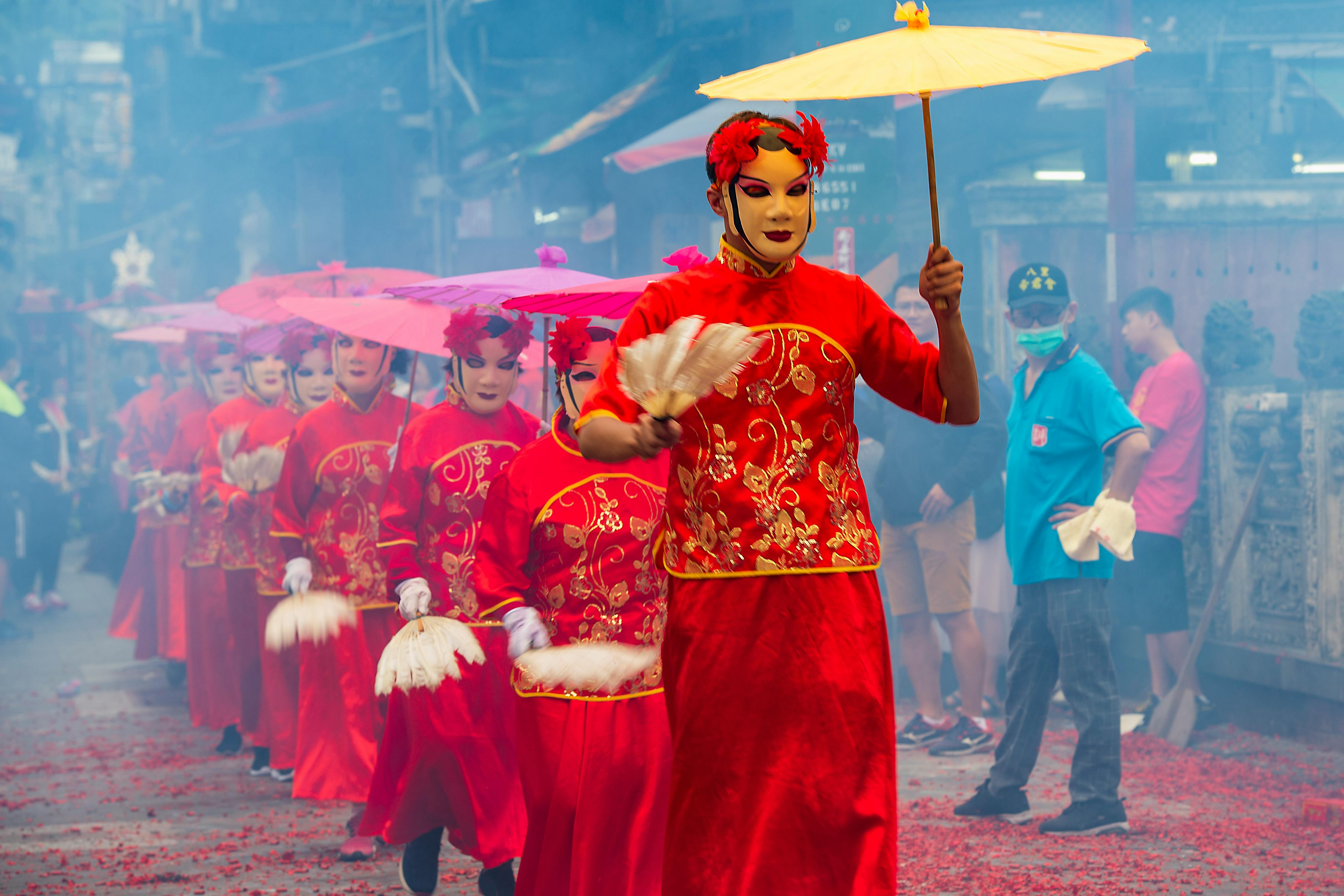Children’s marriages are planned by their kids according to Central Asian customs. They select a suitable boy or girl based on each person’s household history, fiscal situation, and social standing. This is referred to as “adat” in Kazakstan. The matchmaker ( “gyumzhan” ) looks for a girl with good qualities who belongs to the same family, tribe, and clan. If a female is discovered, the betrothal is commemorated with’ Yui- no’ ceremonies, which are similar to those used in classic Africa. Gifts like the Obi ( https://www.adweek.com/social-marketing/people-trust-these-brands-more-when-women-advertise-them/ a sash ) that symbolizes female virtue and the Hakama skirt made of white Sendai silk that represents loyalty are exchanged.
The relationship service itself is known as nikah. It is a spiritual ceremony that entails the bride and groom agreeing to get married after hearing the mullah’s meditation kyrgyzstan bride and asking them to do so. Typically, the bride and groom prepare for existence jointly by living apart until the ceremony. To strengthen her connection with her new husband, she receives advice from her female relatives and sings traditional wedding melodies.

Both people prepare a sizable dinner the day before the marriage. The kid’s family people receive gifts from the bridegroom since also. In some places, the wedding gives the females a marriage as well. Depending on the community, this may involve a sizable sum of money and various assets.
The bride is led or carried to her in-laws ‘ home on the day of the wedding. She is led to a curtain (koshogo, which is customarily hung in the center of the room ) and spends several times hiding behind it as her in-laws greet her and present her with items similar to more white headbands that stand for purity.
